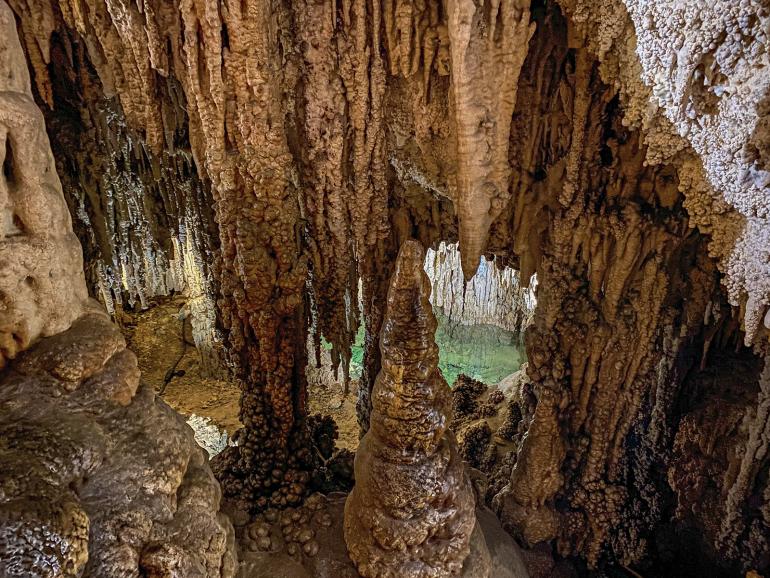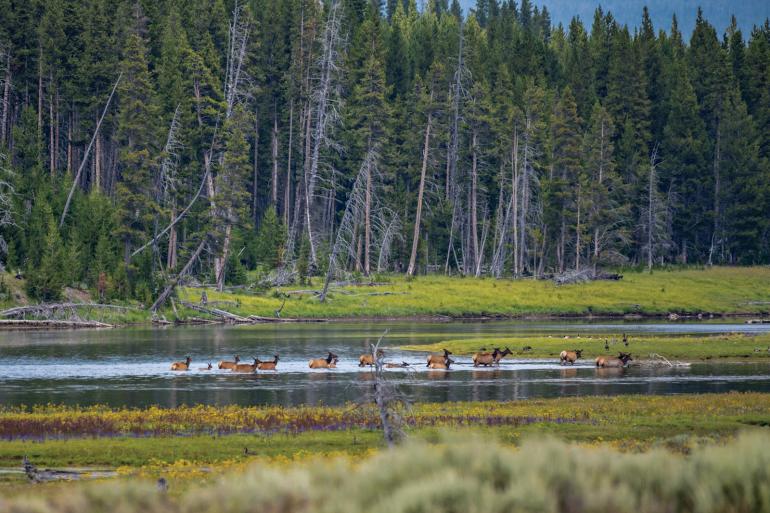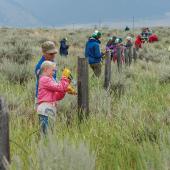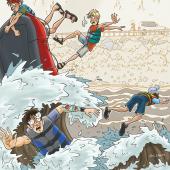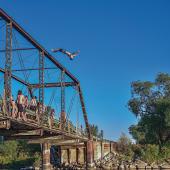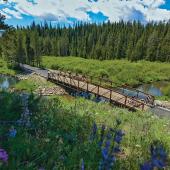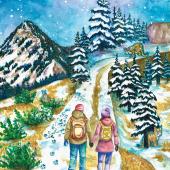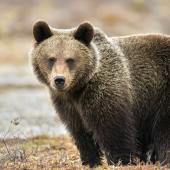On the Down Low
The subtler side of southwest Montana.
That famous quote, “Because it’s there,” was said by George Mallory, the British mountaineer. He reportedly gave this succinct answer when asked why he wanted to climb Mount Everest, the highest peak in the world, during the early-1920s expeditions. Mallory’s reply has since become iconic, supposedly capturing the spirit of exploration for the sake of challenge and adventure itself.
With all due respect to Mr. Mallory—and any of you sporting a Because It’s There bumper sticker—this is not a very good reason to climb any mountain. It’s actually kind of bad, if it qualifies as a reason at all. Where’s the intent? Where’s the heart? My eight-year-old nephew said the same thing when I asked why he stomped on an ant hill.
Of course there are more significant reasons: the challenge, the accomplishment, the selfie that shows the world what you’ve done and where your breathtaking life has taken you. (That last one just made me throw up a little.) Let’s be more intellectually curious than our quippy Mr. Mallory, shall we? Let’s explore more and go deeper; learn about the land and what it, not you, has accomplished. And for that, we don’t need to go up. We need to go down.
The mountain peaks and ranges of Montana are undeniably beautiful. But the true magic often lies in the lowlands below and the mysterious depths beneath, where life pulses quietly and landscapes are still evolving.
Southwest Montana was a very different place 20,000 years ago. The last Ice Age gripped this region in its frigid hold. Glaciers thousands of feet thick crept down the mountains, sculpting and smoothing the rugged terrain. The peaks we see today were hidden beneath those glaciers, evolving for thousands of years before making their debut.
As the climate warmed around 15,000 years ago, those glaciers began to retreat, revealing a land flooded by glacial lakes, like the vast Glacial Lake Bozeman. Rivers surged, winding through newly exposed valleys, depositing rich sediments that eventually formed the fertile soils of the Gallatin Valley. This dynamic reshaping of the lowlands set the stage for the lush, vibrant ecosystems we benefit from today.
These are the places where beavers build dams, cottonwoods rustle, and wildflowers burst in the colors chosen by nature thousands of years ago.
Meanwhile, the mountains cocooned beneath the ice, though millions of years old, were redefined by glacial sculpting: sharp cirques, steep ridges, and deep valleys took form as ice carved its signature on the rock.
But if mountains are the headline, the lowlands are the gripping story beneath. Fertile river bottoms, winding streams, and wetlands in the Gallatin Valley teem with life and change visibly with every season and flood. These are the places where beavers build dams, cottonwoods rustle, and wildflowers burst in the colors chosen by nature thousands of years ago. It’s a dynamic and active landscape that invites exploration and thought far beyond the obvious.
For those ready to go deeper, both literally and figuratively, the Lewis & Clark Caverns are a must. Carved over millions of years, these fascinating limestone caverns plunge into a quiet, shadowy world where time slows, revealing its dark natural beauty drip by drip. Unlike the glory of a summit, the caverns beckon you to instead embrace mystery, patience, and the hidden world beneath the surface.
The richest adventures aren’t about conquering heights. They’re about going deeper into the land, its stories, and yourself.
The region’s wildlife story is also a tapestry of epic change. And dare I say, regret. Ice Age giants like mammoths and giant bison once roamed freely but vanished as glaciers melted and humans arrived. Their place was taken by elk, deer, wolves, and bears, who thrived as forests and valleys rebounded.
Human settlement brought upheaval. Bison were nearly wiped out, predators driven away, and sprawling farmland altered habitats. But today, nature is staging a comeback. Wolves have been reintroduced, grizzlies cautiously return from Yellowstone, elk herds flourish, and beavers once again shape wetlands. The lowlands remain vital corridors for these animals, a reminder that this landscape is always alive and resolutely adapting.
Take time to wander the lowlands. Explore hidden caves and follow winding river bends. Watch the wildlife weave their ancient rhythms. And most importantly… pause… then ponder the questions that only being with nature can reveal. Because, the richest adventures aren’t about conquering heights, they’re about going deeper into the land, its stories, and yourself.
And as for our quippy Mr. Mallory, who famously climbed a mountain because it was there—he also famously disappeared on that same mountain just a few years later. Whether he reached the summit before his death remains a mystery.
I told you he needed a better reason.

